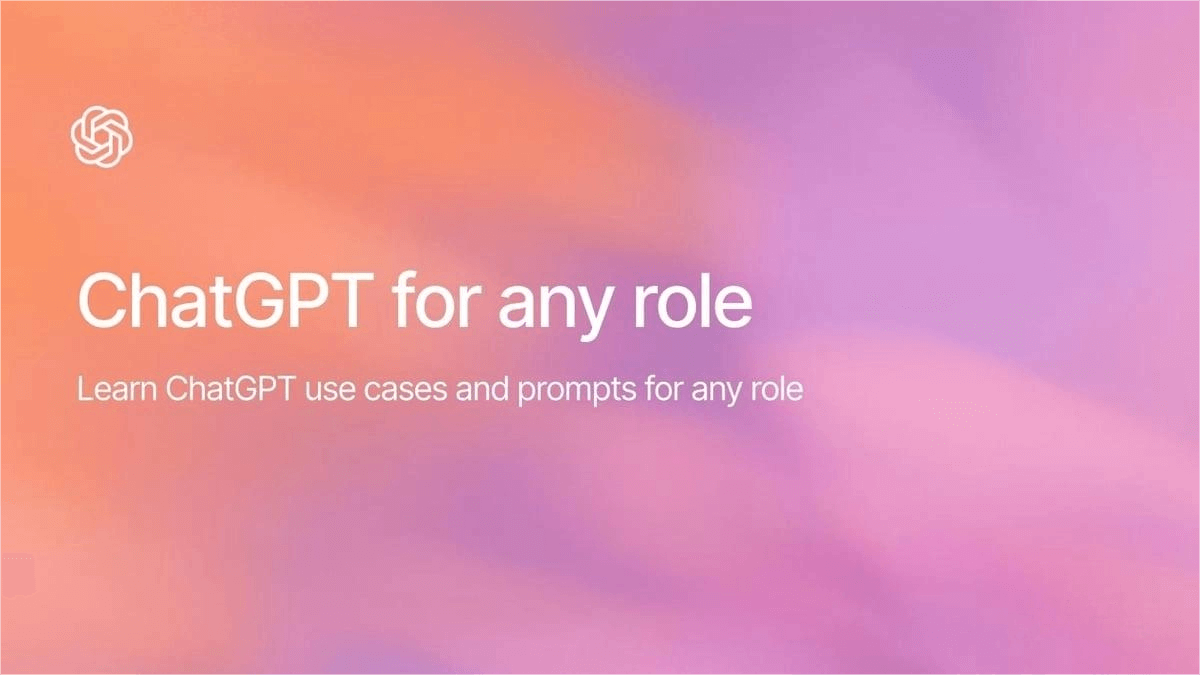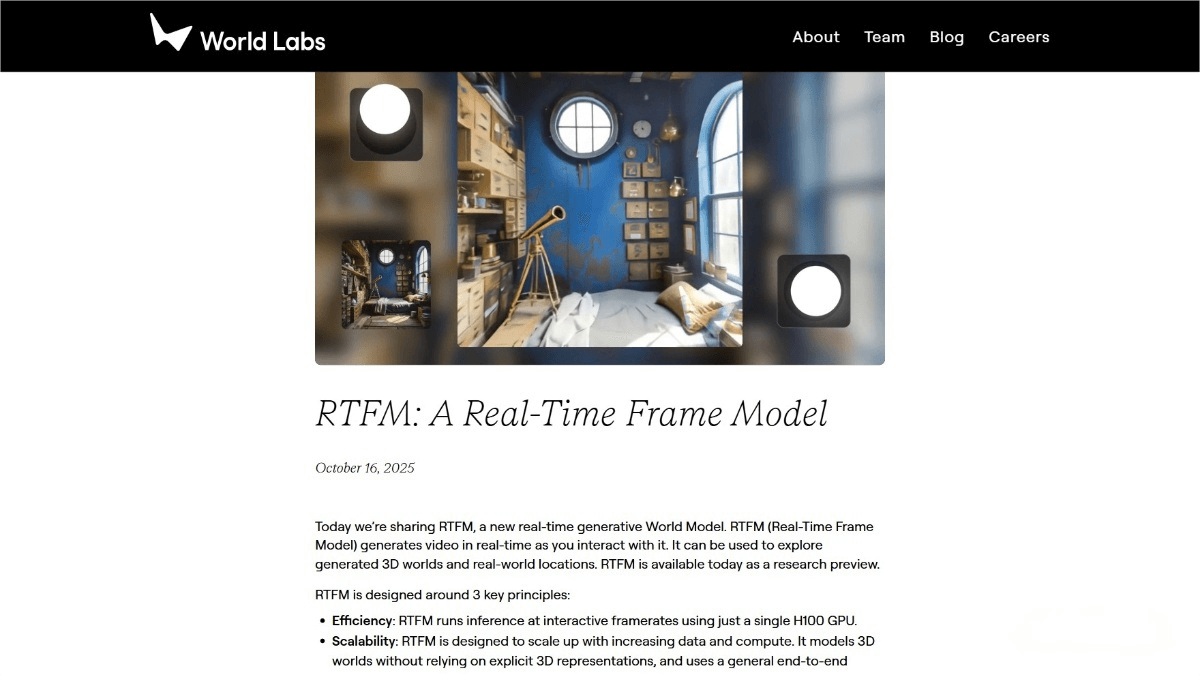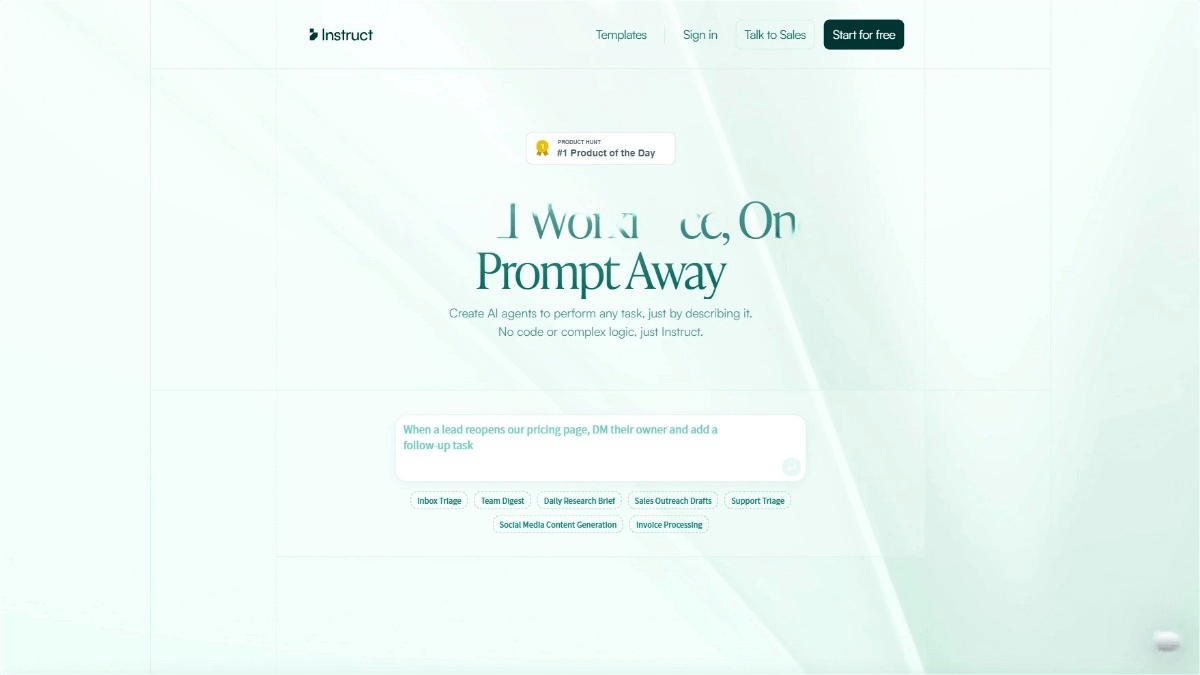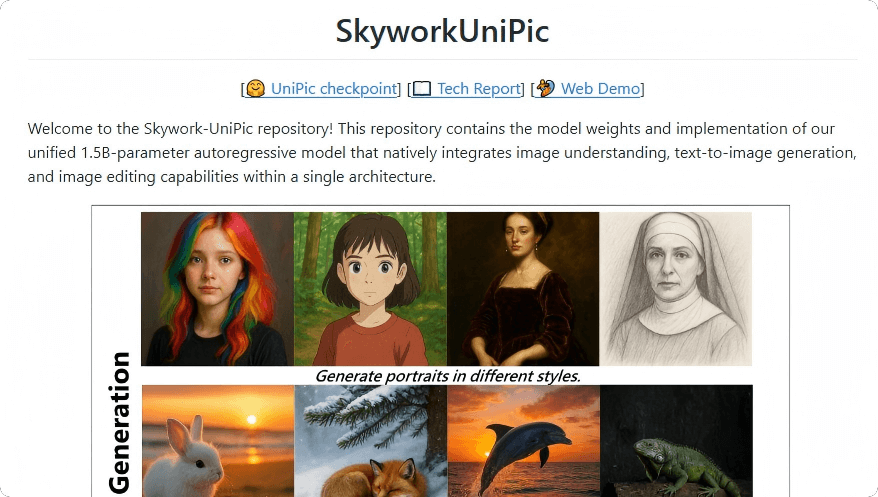What is ChatGPT for any role?
ChatGPT for any role is an official set of prompt templates released by OpenAI to help users use ChatGPT more efficiently for various work tasks. The templates cover a wide range of professional scenarios—from email writing and meeting collaboration to decision analysis and productivity enhancement. They are tailored for diverse roles such as sales professionals, product managers, marketers, programmers, and executives. Each template is carefully designed and ready to use, enabling users to quickly generate high-quality text. The Prompt Packs are completely free and ideal for professionals who want to improve their workplace efficiency.

Main Contents of ChatGPT for any role
Email Communication:
-
Write professional emails: Generate polite, clear, and concise professional emails.
-
Rewrite complex content: Simplify technical or specialized text for easier understanding.
-
Adjust tone for audience: Modify tone and style for different readers (e.g., executives, colleagues, clients).
-
Draft meeting invitations: Create meeting invites that include agendas, goals, and preparation items.
-
Summarize long email threads: Condense lengthy email exchanges into concise summaries highlighting key decisions and actions.
Meeting Collaboration:
-
Create meeting agendas: Generate structured agendas with time estimates and section goals.
-
Organize meeting notes: Turn rough meeting notes into structured summaries, categorized by key decisions, next steps, and responsibilities.
-
Generate to-do lists: Convert meeting notes into clear task lists grouped by assignees with deadlines.
-
Prepare meeting questions: Provide thoughtful, insightful questions to demonstrate preparedness.
-
Write follow-up emails: Draft professional post-meeting emails summarizing key points, assignments, and next steps.
Decision Analysis:
-
Identify root causes: Analyze workplace problems to find root causes and propose validation questions.
-
Compare solution options: Evaluate pros, cons, and potential risks of multiple solutions to support better decisions.
-
Define decision criteria: Establish clear weighted criteria to guide complex decision-making.
-
Conduct risk assessments: Assess potential risks of a plan by likelihood and impact, and suggest mitigation strategies.
-
Recommend best options: Suggest the most suitable option based on context and explain the reasoning.
Productivity Enhancement:
-
Set daily priorities: Generate prioritized task lists and recommend which tasks to handle first and why.
-
Plan weekly schedules: Design balanced weekly plans including deadlines, meetings, and focused work time.
-
Summarize long documents: Condense lengthy documents into key points and recommended actions in a concise, professional tone.
-
Brainstorm ideas: Generate multiple solutions to workplace challenges, noting their pros and cons.
-
Write project updates: Create concise project update reports covering progress, blockers, and next steps.
Learning Goals of ChatGPT for any role
-
Enhance workplace communication: Learn how to use ChatGPT to draft, edit, and optimize professional writing for clearer, more effective communication.
-
Optimize meeting collaboration: Use ChatGPT to streamline every stage of meeting workflows—from preparation to follow-up—to boost efficiency.
-
Strengthen decision-making: Leverage ChatGPT to analyze problems, compare options, assess risks, and recommend the best decisions scientifically.
-
Improve productivity: Use ChatGPT to plan tasks, prioritize effectively, and summarize information to enhance time management and output.
Project Link
- Official website: https://academy.openai.com/public/clubs/work-users-ynjqu/resources/chatgpt-for-any-role
Application Scenarios of ChatGPT for any role
-
Email Communication: Writing professional emails, rewriting complex content, adjusting tone for different audiences, drafting meeting invitations, and summarizing long threads.
-
Meeting Collaboration: Creating meeting agendas, organizing notes, generating to-do lists, preparing questions, and writing follow-up emails.
-
Decision Analysis: Identifying root causes, comparing solutions, defining decision criteria, assessing risks, and recommending optimal choices.
-
Productivity Enhancement: Setting daily priorities, planning weekly schedules, summarizing long documents, brainstorming ideas, and drafting project updates.
Related Posts




